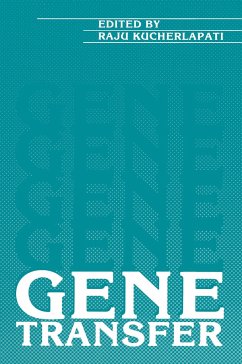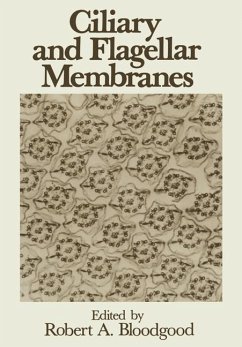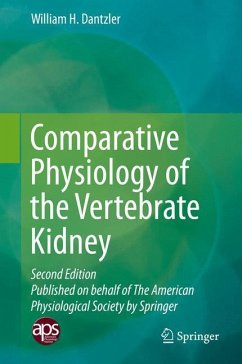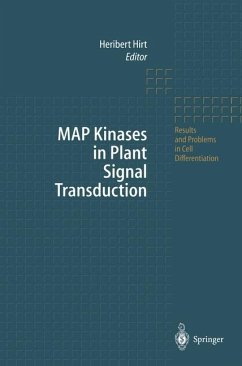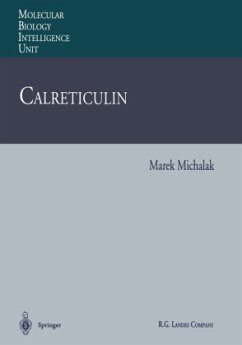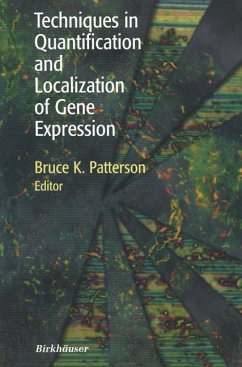
Reviews and Protocols in DT40 Research
Subcellular Biochemistry
Herausgegeben: Buerstedde, Jean-Marie; Takeda, Shunichi

PAYBACK Punkte
77 °P sammeln!
Research is fast paced and advances in RNA interference have recently opened up new opportunities for genetic experiments in human cell lines. However, the possibility to easily modify the genome still remains a powerful tool to investigate the function of coding and regulatory sequences in the vertebrate genome. DT40 has never been a quick and easy road to fame. It would be unfair to blame this on DT40 as it has proven to be a reliable and robust companion with fast doubling time, easy clonability and a relatively stable karyotype. If this model system is going to flourish over the next 15 ye...
Research is fast paced and advances in RNA interference have recently opened up new opportunities for genetic experiments in human cell lines. However, the possibility to easily modify the genome still remains a powerful tool to investigate the function of coding and regulatory sequences in the vertebrate genome. DT40 has never been a quick and easy road to fame. It would be unfair to blame this on DT40 as it has proven to be a reliable and robust companion with fast doubling time, easy clonability and a relatively stable karyotype. If this model system is going to flourish over the next 15 years, it will be thanks to ingenious and original researchers. They may feel as if they work outside the mainstream, but they can take heart by the fact that only the clever exploitation of diversity and conservation makes biological research both elegant and rewarding. It is with this in mind that the DT40 handbook has been conceived and written. This book provides an up to date overviewof the different facets of research, and also intends to help newcomers get started and avoid looming pitfalls. The collection of protocols which have been kindly provided by a number of laboratories will be particularly useful in this regard.





